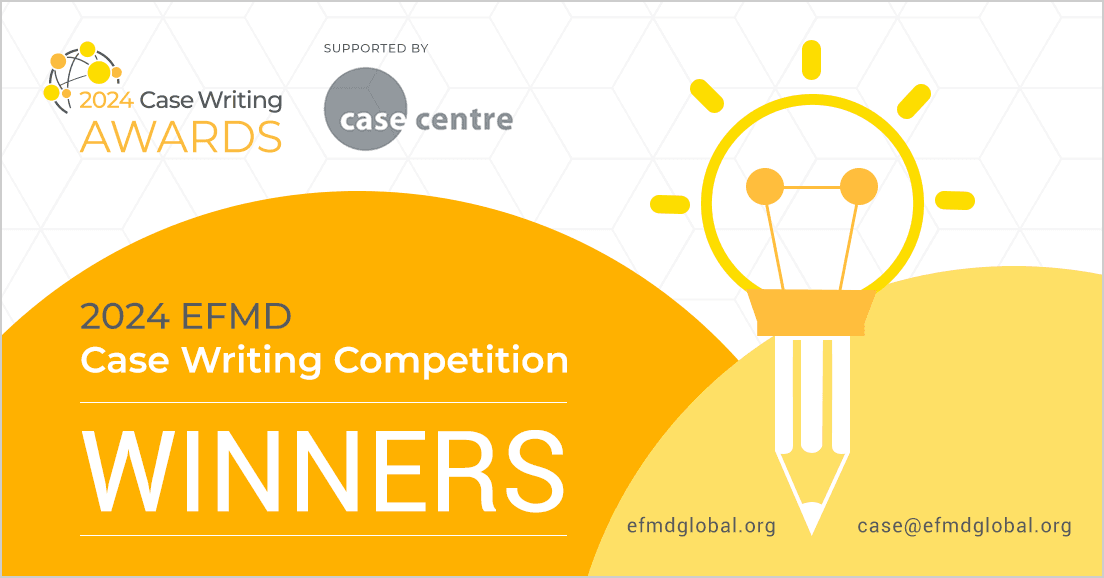
Author: Subaru is a design lead passionate about crafting impactful solutions through product design and research. Her versatile background spans visual, product, and branding design, with hands-on experience in eCommerce, logistics, and healthcare. Since joining Moon, she has embraced her curiosity and commitment to innovation to create designs that improve lives. Subaru’s professional interests center on design, product innovation, and aligning business strategy with creative solutions.
We are living in the era of AI, where new models emerge almost daily, becoming more advanced and capable. For years, discussions around AI have been filled with both excitement and fear, especially when it comes to its impact on jobs. Designers, in particular, have played one of the center roles of this debate. With AI-powered tools like image generators in Photoshop and Figma’s AI suggesting UI layouts with just a prompt, some wonder: is there still room for designers to shine?
The answer is a resounding yes. AI is not here to replace designers but to transform and enhance their role. Instead of fearing automation, designers should embrace what makes them truly valuable—creative thinking, the ability to solve human-centered problems and strategic thinking. To understand why, let’s take a look at how the role of designers has evolved over time and why AI is just the next chapter in this ongoing transformation.
The Evolution of Designers' Roles
Before we discuss the long-term value and sustainability of a design career, we must first understand the nature of a designer’s role.
I asked ChatGPT to define it:
“A designer is someone who creates and shapes ideas, products, or experiences to solve problems, communicate messages, or enhance functionality and aesthetics… A designer blends creativity, problem-solving, and technical skills to bring ideas to life in a way that is visually appealing, functional, and meaningful.”
The essence of design has always been about creative thinking, problem-solving, and strategic thinking. A designer’s role is never fixed (we’re very lively!); it evolves alongside technology, business demands, and user expectations. AI is the latest force driving this transformation forward.
In the past, designers specialized in distinct disciplines—graphic design, fashion design, interior design, industrial design, and more. They honed deep expertise in their craft, evolving from traditional handcrafting to digital workflows with the rise of tools like Photoshop and Illustrator. This marked the first major shift: the transition from physical to digital-first design.
As businesses became increasingly digital, a second wave of transformation emerged. Designers expanded into UI design, collaborating closely with developers and marketers. Beyond aesthetics, they began shaping brand storytelling, emotional connections, and consistent user experiences across web, social media, and mobile platforms.
With the explosion of mobile apps and SaaS platforms, design evolved yet again. UX and UI design became industry standards, and designers moved beyond visuals to focus on user-centered experiences, research, usability testing, and data-driven decision-making. Agile methodologies further reshaped their workflows, positioning designers as integral members of cross-functional teams.
Now, as we enter the era of Industry 5.0, where human-machine collaboration takes center stage, designers are once again adapting. They are no longer just creating individual products but designing entire systems—design systems, service blueprints, and omnichannel experiences. AI is accelerating this shift, pushing designers toward new responsibilities such as problem definition, ethical considerations, and human-AI collaboration. The role is evolving from designing static products to shaping dynamic, intelligent experiences.
So, What’s Next For Designers?
How can designers carve out a meaningful place in this AI-driven world?
The answer lies in embracing change, not resisting it. Designers have always adapted—whether it was the shift from handcrafting to digital tools or from visual design to user experience. Now, in the AI era, their role is evolving once again. Rather than being replaced, designers are becoming curators, strategists, and facilitators, leveraging AI to enhance their creative thinking, solve human-centered problems, and drive meaningful innovation through strategic thinking.
With AI handling repetitive tasks and accelerating execution, designers have a golden opportunity to focus on what truly matters—crafting exceptional user experiences, shaping human-centered design, and thinking strategically. This is also the perfect moment to broaden their expertise, stepping into areas like business strategy, marketing, and systems thinking, where design plays a crucial role in shaping the future.
AI is not an enemy; it’s a powerful ally. The essence of being a designer has never been about mastering a single tool or process—it’s about thinking creatively, problem-solving, and strategic thinking. Just as designers have evolved in the past, they will continue to do so now. The future belongs to those who are willing to embrace change, explore new possibilities, and redefine what it means to be a designer in the age of AI.
So, the real question is: How will you design your future?
Share on
Related stories

Moon Venture Variloom Is an Honoree in the Fast Company 2025 Innovation by Design Awards!
Congratulations to Variloom for being named an Honoree in Fast Company's Innovation by Design Awards!

Carrium Releases New AI-Powered Feature, “AI Career Designer”
Leveraging over 1 million data points to provide personalized career support service.

Exploring the Moon Way: An Award-Winning Case Study on Transforming Corporate Innovation and Culture
Congratulations to IMD and the authors of this thoughtful and illuminating case study!